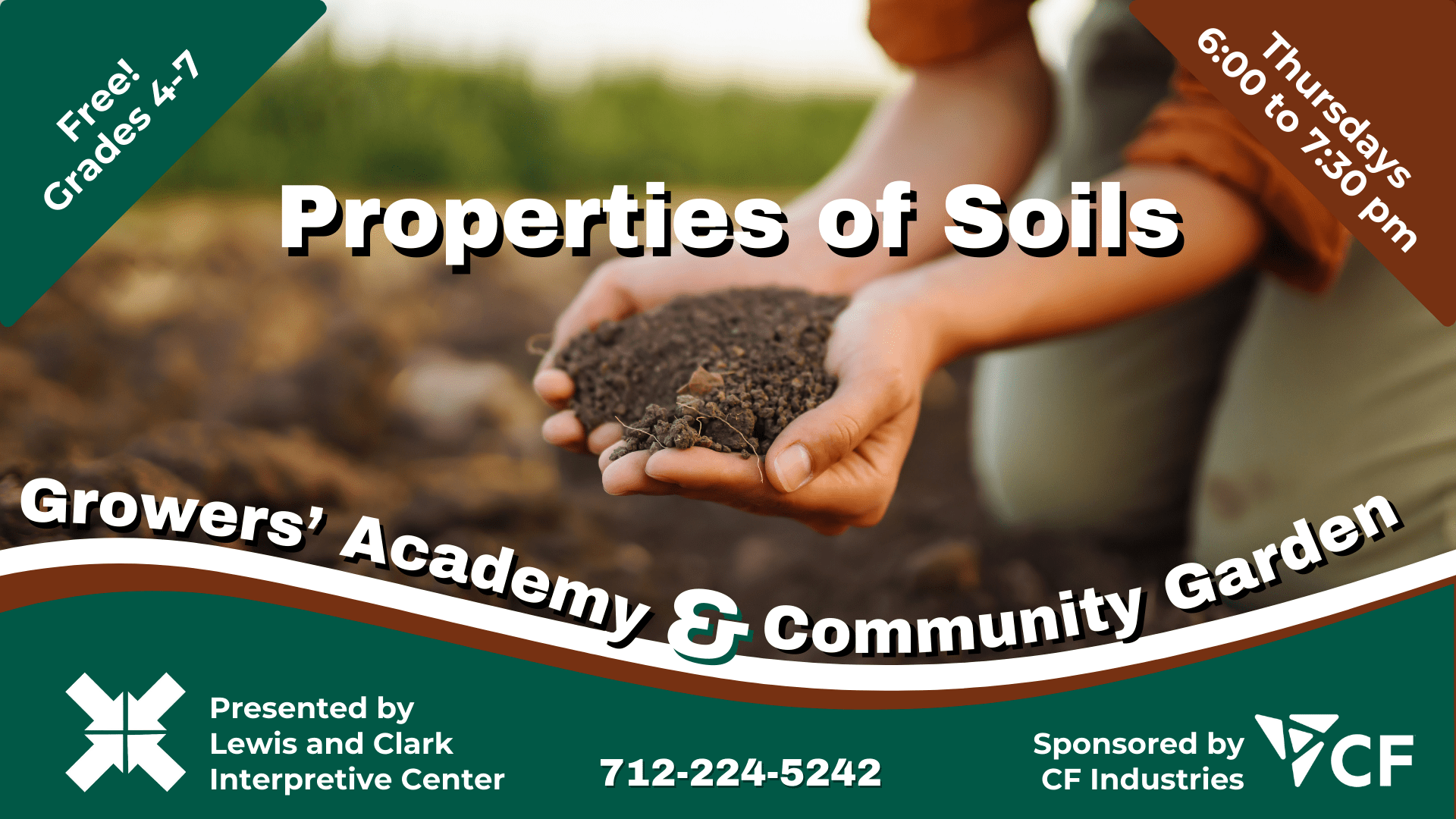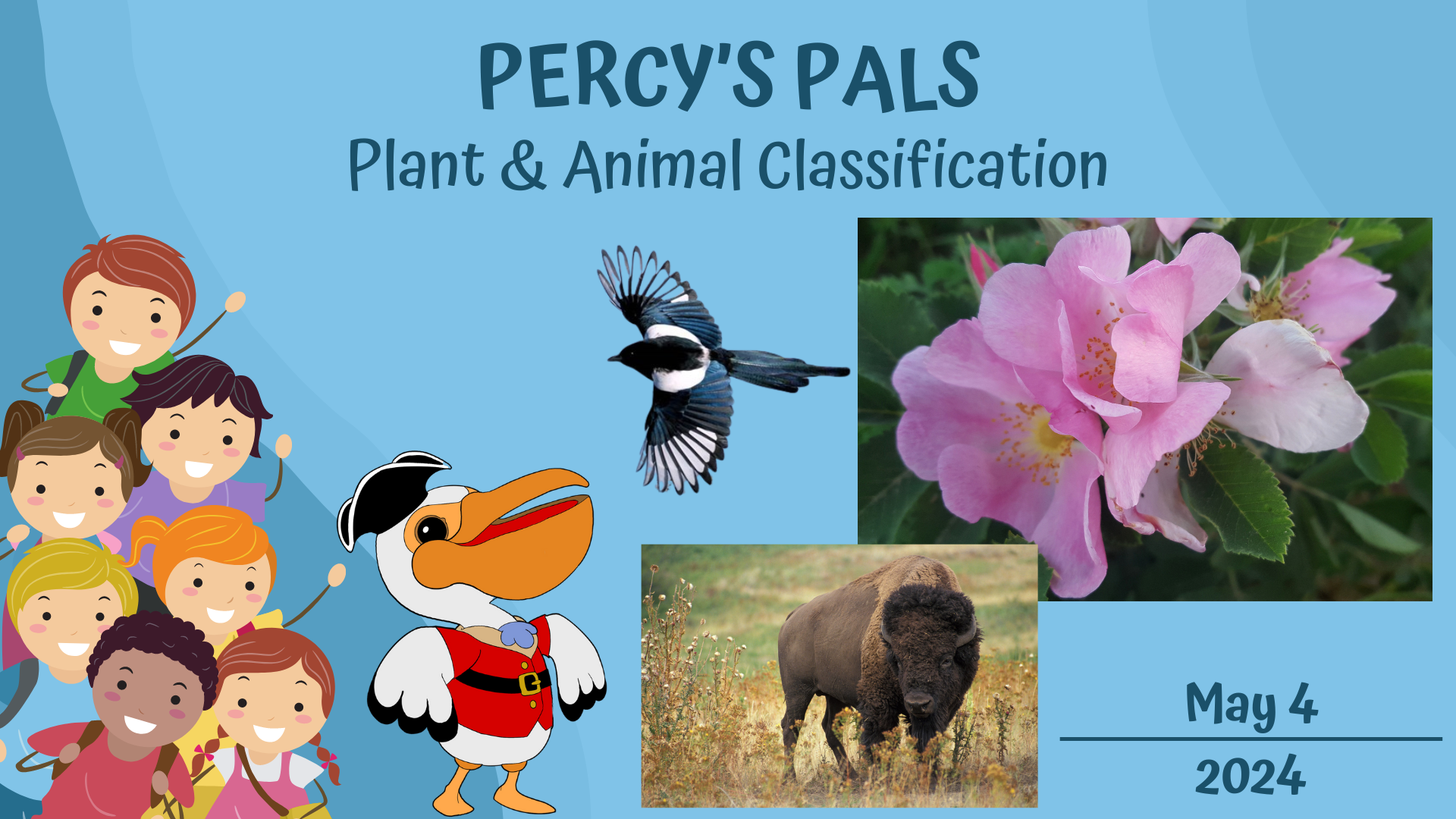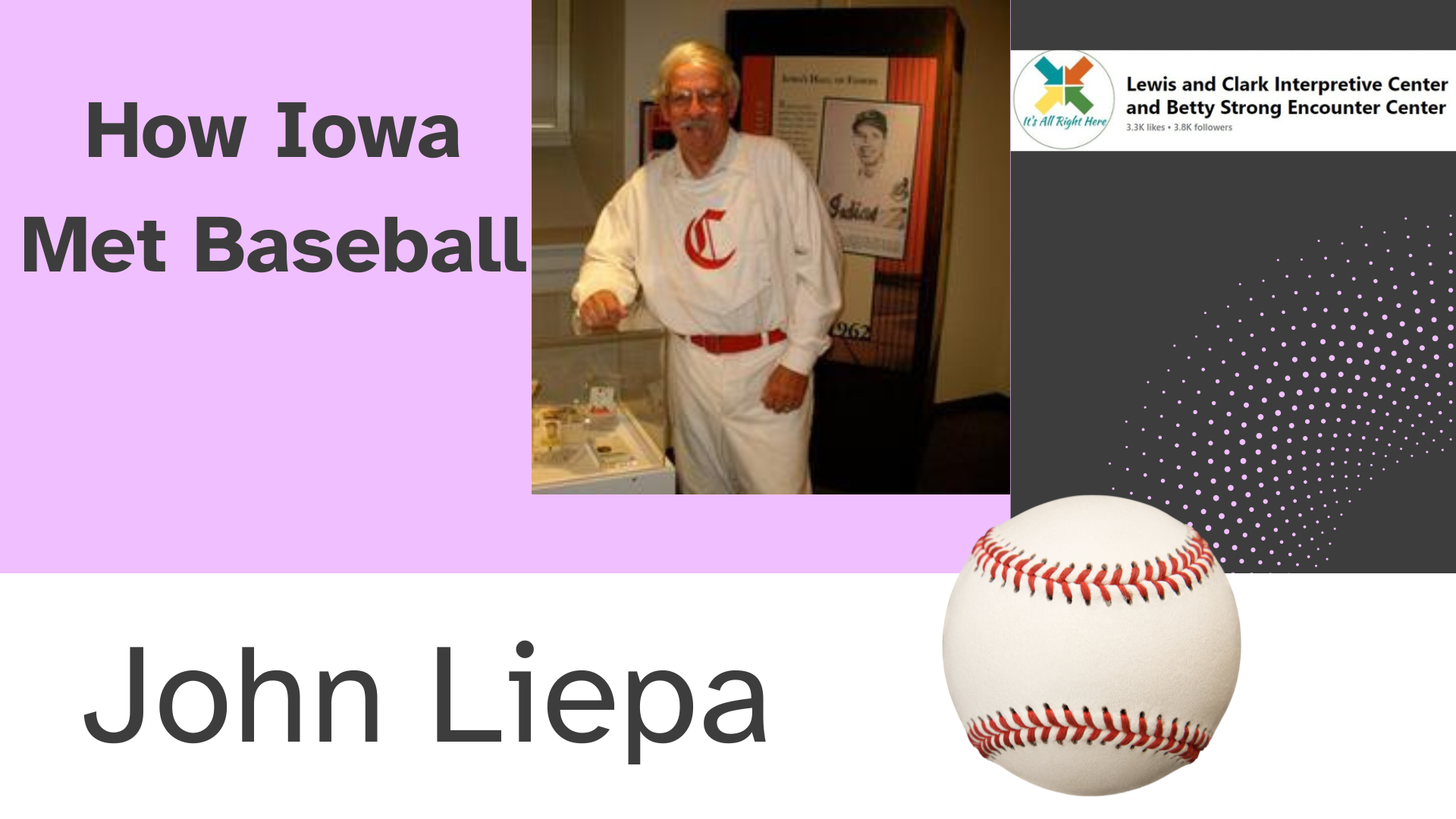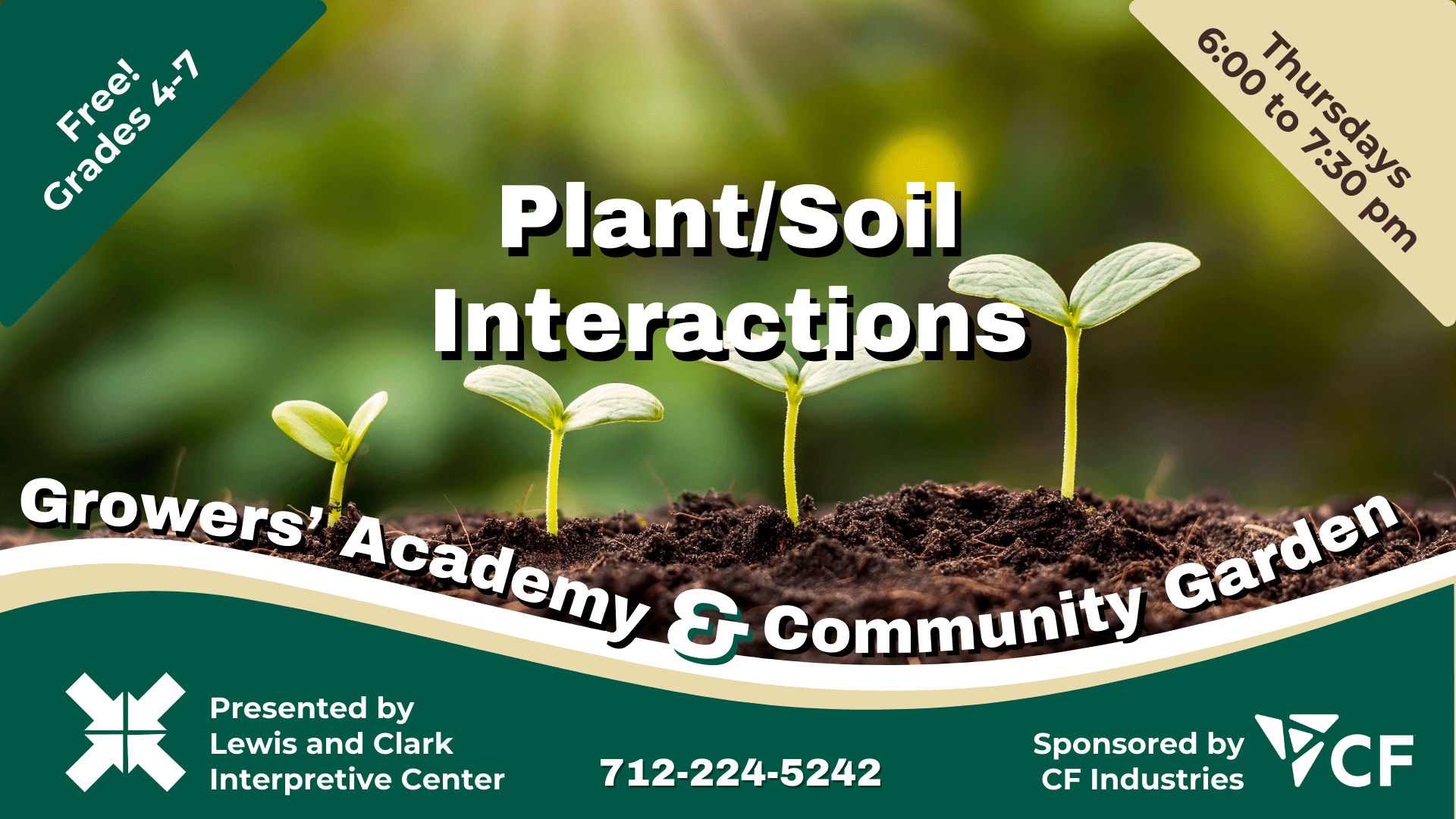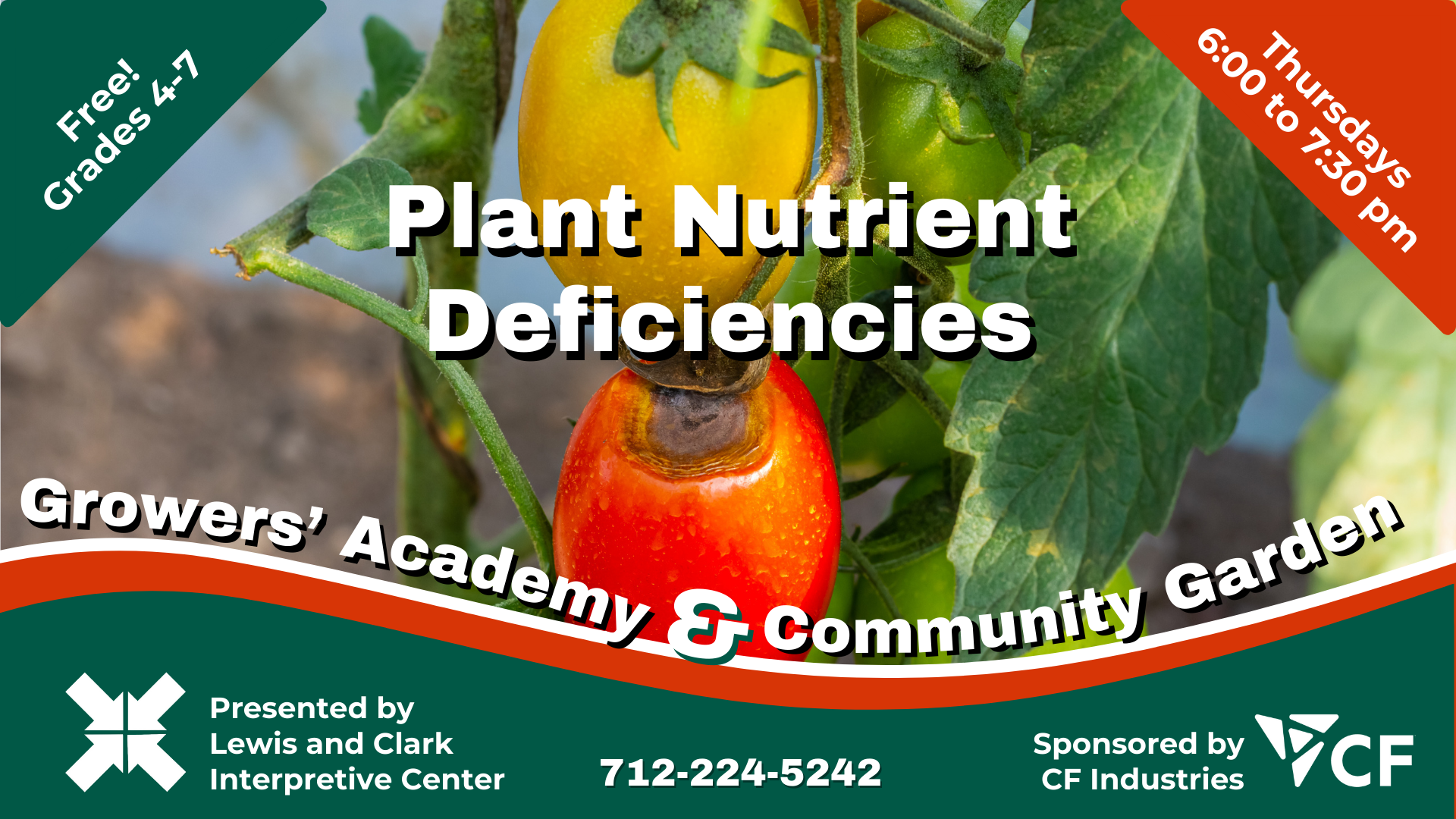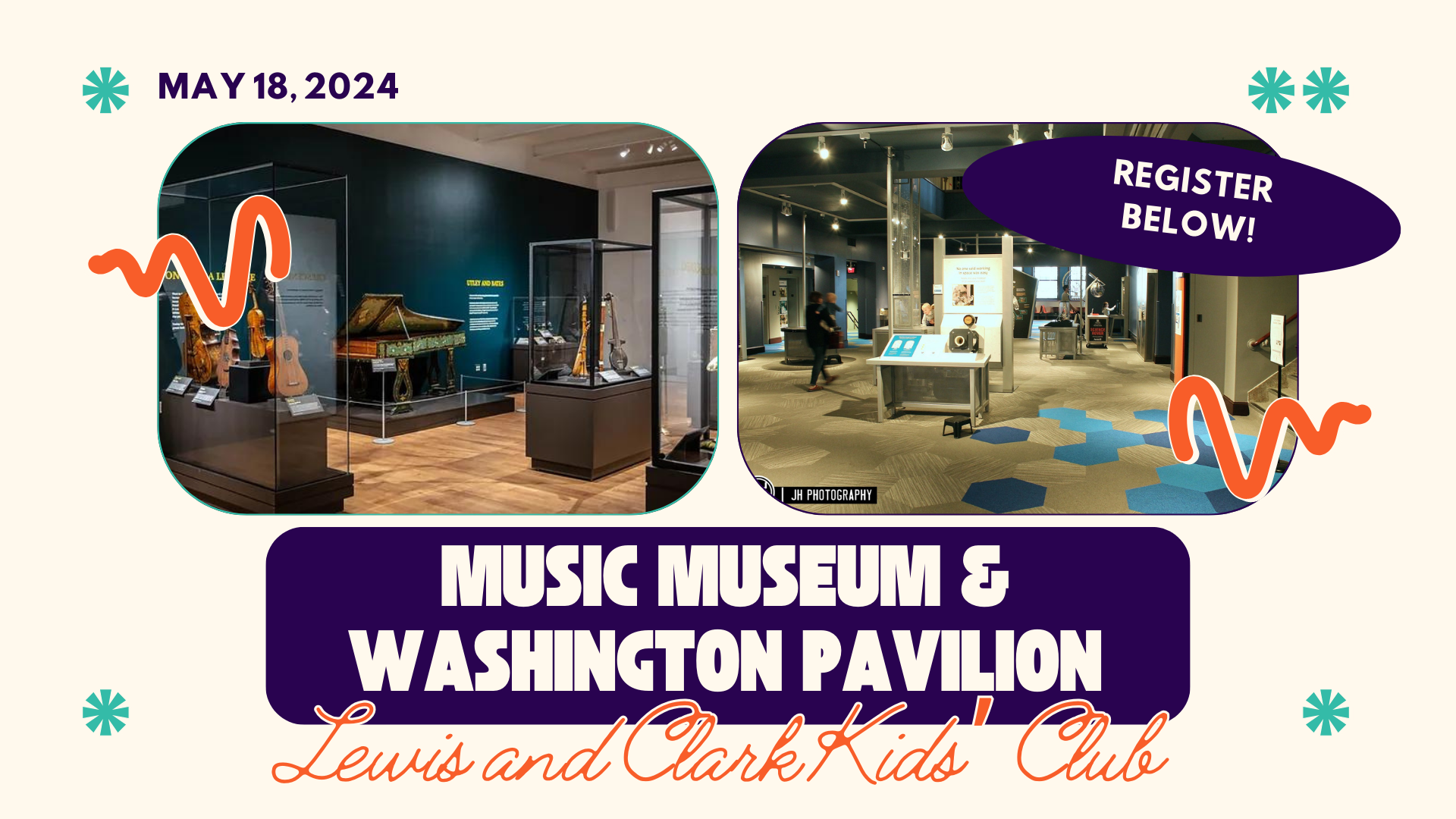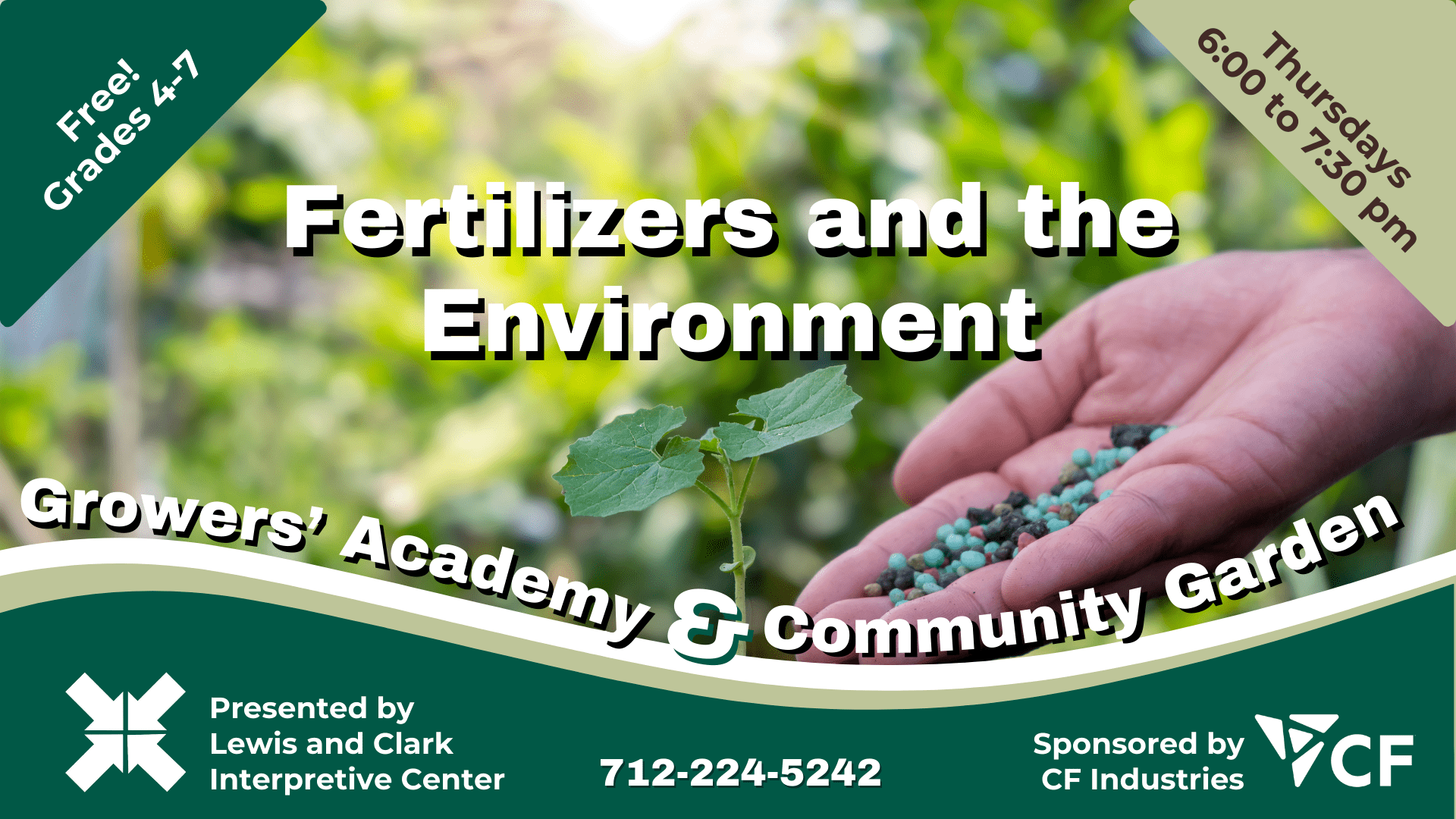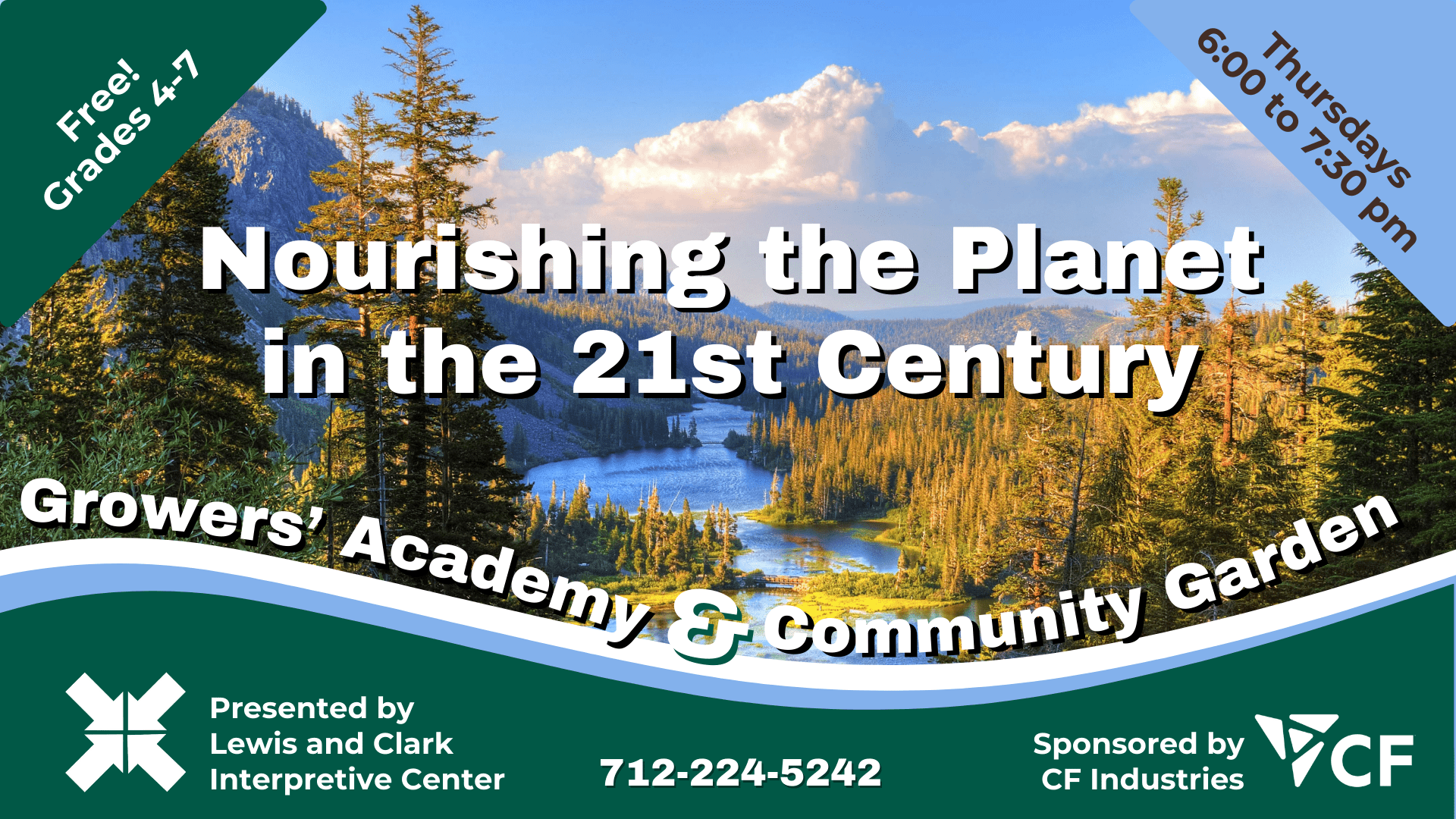“Tangled Trails” by Sisters from the Outlaw Trail
Betty Strong Encounter Center 900 Larsen Park Road, Sioux City, IA, United StatesSisters from the Outlaw Trail, Teresa Kay Orr and Marci Broyhill will present their program, Tangled Trails. The sister duo enjoys sharing their original stories, music and PowerPoint that reflect the expansion of the American West.


